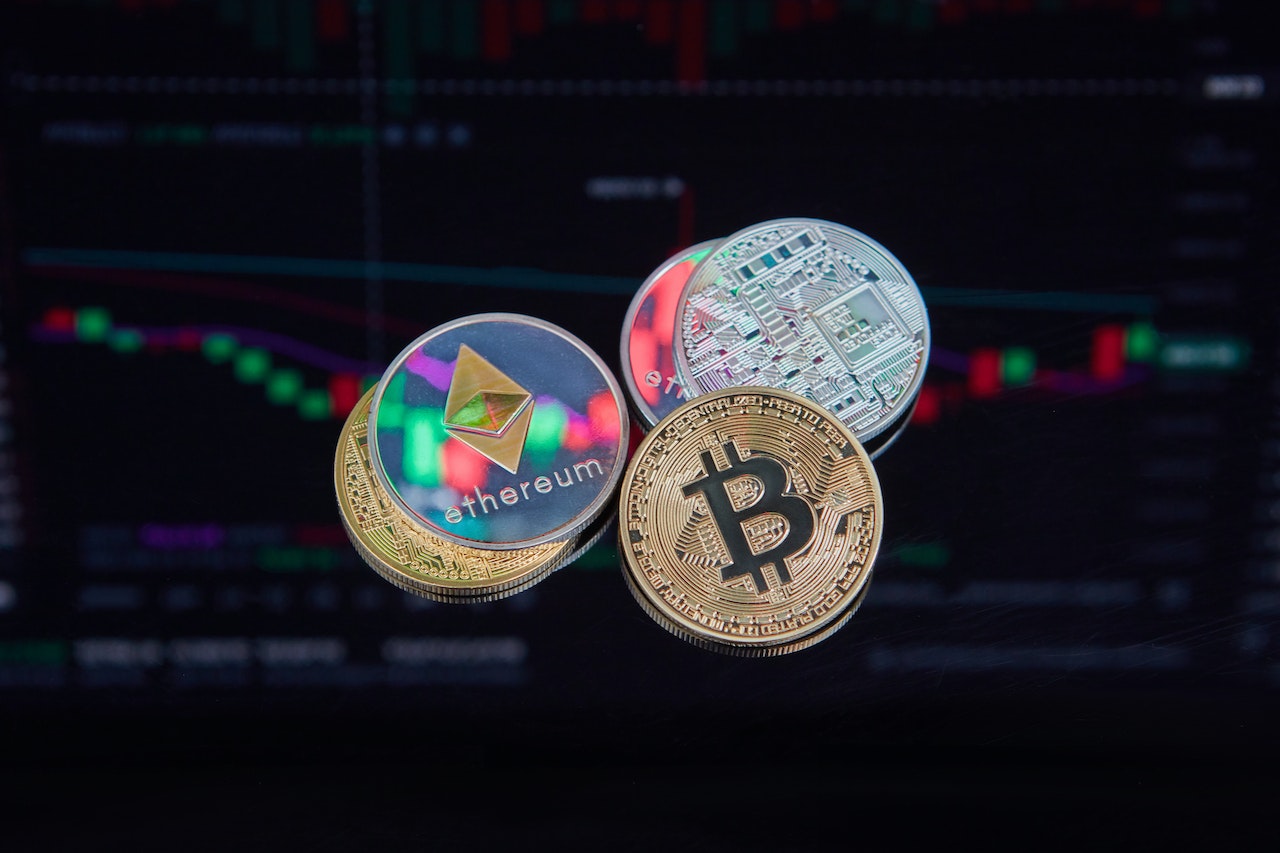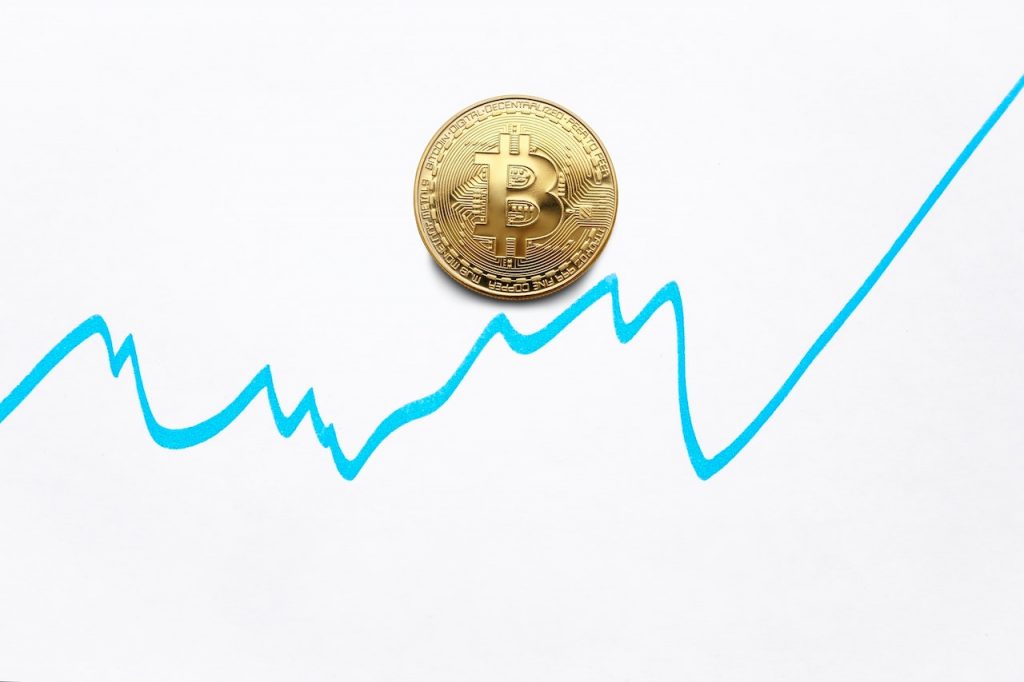
James Carter
Breaking News: Stunted Supply Keeps Crypto Market Alameda Gap.

As the second month of this year comes to a close, prices on the crypto market have somewhat recovered from last year’s crash. Still, the so-called “Alameda Gap” isn’t closing because liquidity is still much lower than it was before the famous FTX crash.
Crypto Market Alameda Gap
A researcher named Kaiko tweeted that the gap is still there this month and that the market depth of bitcoin (BTC) is still “well below November levels.” In it, it said,
“The number of BTC-USD(T) bids and asks within 2% of the mid-price on 16 exchanges stayed around 8k BTC in February, which was 40% less than in October.”
As a reminder, the FTX exchange, along with its parent company Alameda Research and a number of its subsidiaries, filed for bankruptcy in November last year. Since then, these companies and Sam Bankman-Fried, who started them, have had to deal with the regulatory and legal fallout (at the expense of the users).
In the same month, Kaiko pointed out the “Alameda Gap” and said that liquidity drops usually happen when there is a lot of volatility because market makers are trying to deal with risks.
“Few trading firms, like Wintermute, Amber Group, B2C2, Genesis, Cumberland, and (the now-defunct) Alameda, control most of the liquidity on the crypto market.” “We can expect a big drop in liquidity, which we will call the “Alameda Gap,” now that one of the biggest market makers has left,” it said at the time.
Bloomberg reported on Friday that a company researcher, Riyad Carey, said that,
“It’s not just Alameda, even though they were one of the biggest. Other market-makers also lost money, so they are now being more careful. […] It really depends on the token, but I’d say there’s still a 20–40% difference from how things were before. “When there is less liquidity, like there has been in the past couple of months, prices tend to be more volatile in both directions.”
Strahinja Savic, who is the head of data and analytics at FRNT Financial, was quoted as saying that Three Arrows Capital (3AC), Celsius Network, and “many other crypto funds, both well-known and not,” are to blame for this gap. So, the drop in trading volume at the end of 2022 is likely caused by the “elimination” of these companies.
Savic said, “These firms would have policed spreads and kept them in check.” They would have also helped market depth. But when they shut down, “some problems in the crypto market got worse.”
Vetle Lunde, a senior analyst at K33 Research, said, “It’s also because Genesis went bankrupt, and other market makers lost money because of Genesis and FTX” (formerly Arcane Research).

Traders are not back yet
Overall, in “Crypto Is Macro Now,” newsletter writer Noelle Acheson says that low liquidity is a sign that big traders aren’t coming back to the market.
According to Bloomberg, Acheson said was,
“I think that the market’s continued rise in volatility since the beginning of the year will slowly bring back some of the big players. “When volatility was low in December and early January, the market just wasn’t interesting enough for them to spend time on it.”
According to the weekly market summary that Kaiko provides, the number of trades that take place each and every day has been gradually increasing throughout this year. At the conclusion of the year 2022, it had dropped to its lowest point since the beginning of the year. A contributing factor to this was the distress that was felt by merchants following the crash of FTX.
Still, the mood seems to have gotten “significantly” better so far in 2023, and the report said that the daily volume of BTC passed $14 billion in February.
The author of the study also said,
“The total volume is also higher than it was at the end of 2022, and it seems to be stuck at $10 billion per day, whereas it was about half that at the end of last year.”
Kaiko also said that since May 2022, the number of people trading BTC and ETH has been at its lowest. It said that “the liquidity of native units kept going down last week, reaching its lowest level since the Terra collapse.”
It also said that the BTC 2% market depth on 15 centralized exchanges dropped to 6,800 BTC, which is almost three times less than its peak in October. In October, there were 139,000 ETH on the market, but in November, there was only about 57,000 ETH.
In November, the price of Bitcoin dropped to $15,700, but since then, it has gone up to its current level of $23,283. It had gone down 0.5% in a day and 6% in a week by 10 a.m. UTC on Tuesday.
At the same time, the price of ETC was $1,621, which was 1% less than it had been 24 hours before and 4.7% less than it had been seven days before. Since it dropped to $1,095 in November 2022, this is a big jump.
Latest
Bitcoin
09 May 2024
Bitcoin
19 Apr 2024
Bitcoin
16 Jan 2024
Bitcoin
31 Aug 2023
Bitcoin
24 Jun 2023
Bitcoin
24 Jun 2023













